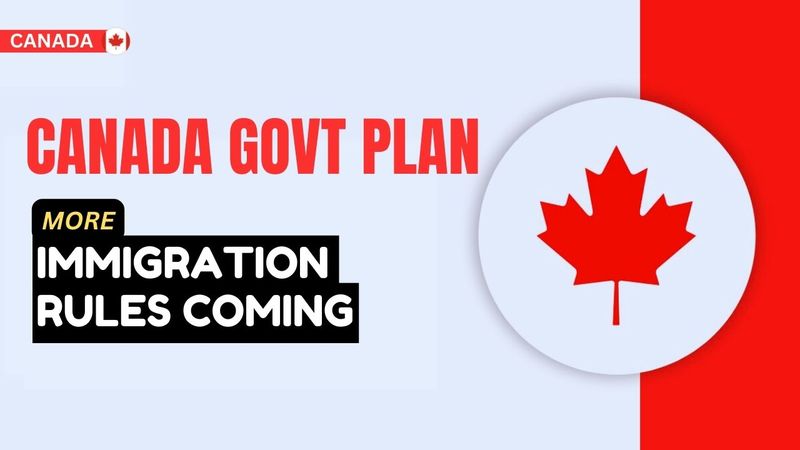Canada is undergoing a significant shift in its immigration policy. The government is implementing stricter measures to curtail the influx of temporary residents, a move that has been brewing for some time.
Driven by a combination of factors, including concerns over housing affordability, labor market pressures, and public sentiment, the Canadian government is taking decisive action. The era of open-door immigration, particularly for temporary residents, is drawing to a close.
A Perfect Storm
The pandemic-induced labor shortage initially prompted Canada to welcome a surge of temporary workers. However, as the economy recovered, the narrative shifted. A growing chorus of criticism emerged, blaming immigration for escalating housing costs and straining public services.
Public opinion polls echoed these sentiments. A significant portion of Canadians expressed concerns about the pace of immigration, leading to political pressure on the government to address the issue.
Detailed Breakdown of the New Measures
- Caps on International Students:
- Reason: The influx of international students has overwhelmed certain regions, leading to a strain on housing and other resources.
- Implementation: A two-year cap on the number of international students allowed to enter Canada.
- Impact: This measure aims to control the number of students using the education system as a backdoor entry into Canada.
- Reduction of Temporary Residents:
- Target: Reduce temporary residents to 5% of the total population over the next three years.
- Current Statistics: Temporary residents accounted for 6.2% in 2023, translating to 2.5 million people.
- Challenges: The Bank of Canada notes the difficulty in achieving this goal, given the rising share of non-permanent residents.
- Changes to Post-Graduate Work Permits:
- Potential Changes: Adjustments to the duration and eligibility criteria for post-graduate work permits.
- Objective: To prevent these permits from being used as a pathway to permanent residency without proper regulation.
- Stricter Criteria for Temporary Resident Visas:
- Focus: Implement more stringent requirements to prevent misuse of the temporary visa system.
- Rationale: To reduce the number of individuals using temporary visas to seek asylum or other permanent status.
- Sector-Specific Programs:
- Possibility: Introduction of immigration programs tailored to specific sectors facing labor shortages.
- Example: Agriculture, healthcare, and technology sectors may benefit from targeted programs to fill critical positions.
Addressing Criticism and Public Sentiment
- Housing and Affordability Crisis: The influx of immigrants has been linked to rising housing costs and affordability issues. The new measures aim to address these concerns by regulating the number of temporary residents.
- Public Opinion: A significant portion of the population believes that the number of immigrants coming to Canada is too high. The government aims to align immigration policies with public sentiment while maintaining Canada’s welcoming stance.
Economic and Social Impact
- Labor Market: While reducing temporary residents may address immediate concerns, it could also impact sectors dependent on foreign labor.
- Social Fabric: Striking a balance between welcoming immigrants and addressing public concerns is crucial for maintaining social cohesion.
Looking Ahead
The Canadian government’s approach to managing immigration is evolving to address contemporary challenges. As new measures are rolled out, it will be important to monitor their impact on both the economy and society. Ensuring that policies are both fair and effective will be key to maintaining Canada’s reputation as a welcoming and prosperous nation.
That is all for today in this article. What are your thoughts on this? Please let us know in the comments section below. Thanks for reading the entire article. Hopefully, the information is useful to you. See you later in the next article
